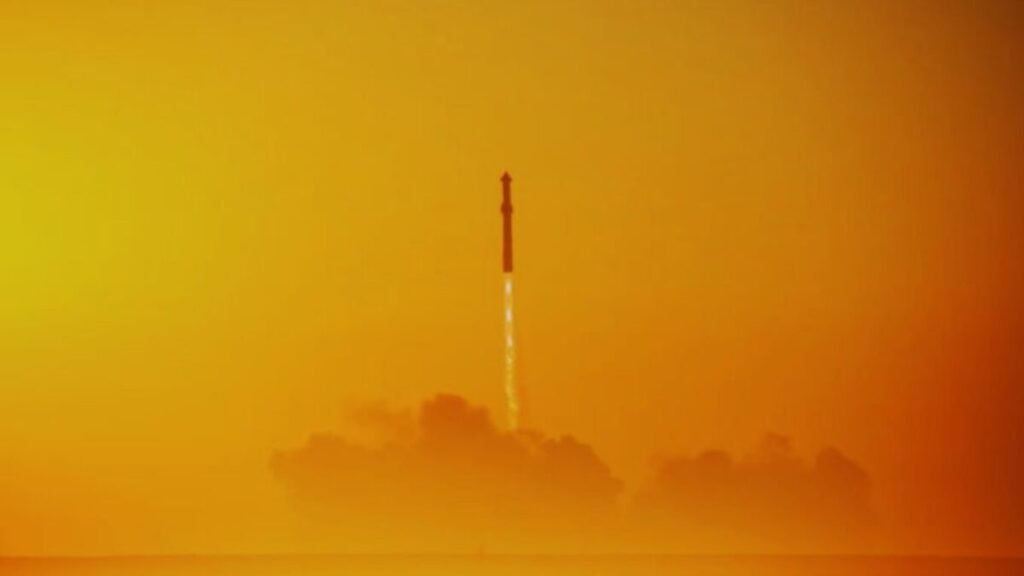Looking towards the stars: How rocket launches for the future are impacting the Earth.

It’s no longer just a matter of state agencies. Private companies launch hundreds of rockets each year. But behind each launch there is a hidden cost: a growing threat to the ozone layer that should concern us as much as.
The never-ending hole

In 1975, chemists Mario Molina and Sherwood Rowland warned that. That finding led to the Montreal Protocol, the banning of compounds, and over time, a slow recovery. It was a global lesson:
Or at least that’s what we thought. . What is alarming is that it is no longer the fault of CFCs. The new enemy comes from space: the launches that we celebrate so much.
Rockets that light up the sky and weaken the atmosphere

A single rocket can release chlorine and soot particles directly into the stratosphere, where the damage is irreparable. Studies warn that their effects can be up to a hundred times more destructive than those of a pollutant at ground level.
In 2019, there were 97 orbital launches. By 2024, the number had already exceeded 250. Companies like Starlink and other commercial initiatives are increasing the frequency of launches.
A threat disguised as progress
have shaped the scenario. At the current rate, the average global thickness of the ozone layer could decrease by 0.3% in a few years, with seasonal losses of 4% in Antarctica. That would be enough to undo decades of progress made with the banning of CFCs.
The paradox is apparent: , the space race could bring us back to square one, when the planet was exposed to lethal ultraviolet radiation. The only real alternative is to change the rocket fuel, but today only 6% of launches use cryogenic propulsion, which is much less polluting.
Because conquering Mars or filling the orbit with satellites may sound grand, but it will be of no use if on Earth we reopen the hole that protects us from the Sun’s radiation.





